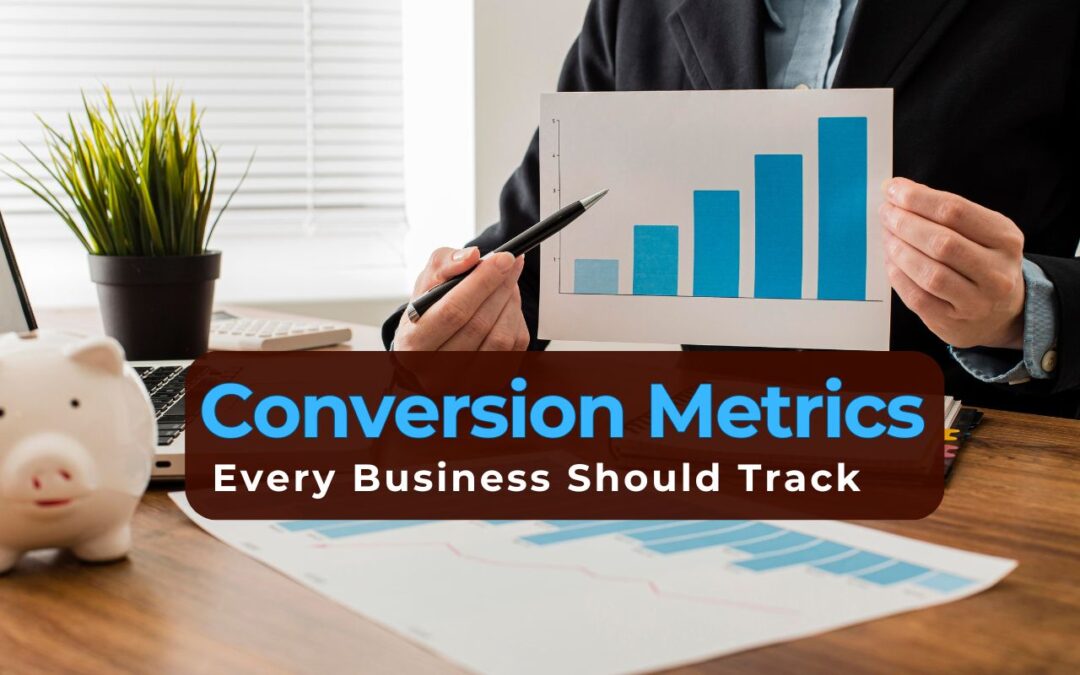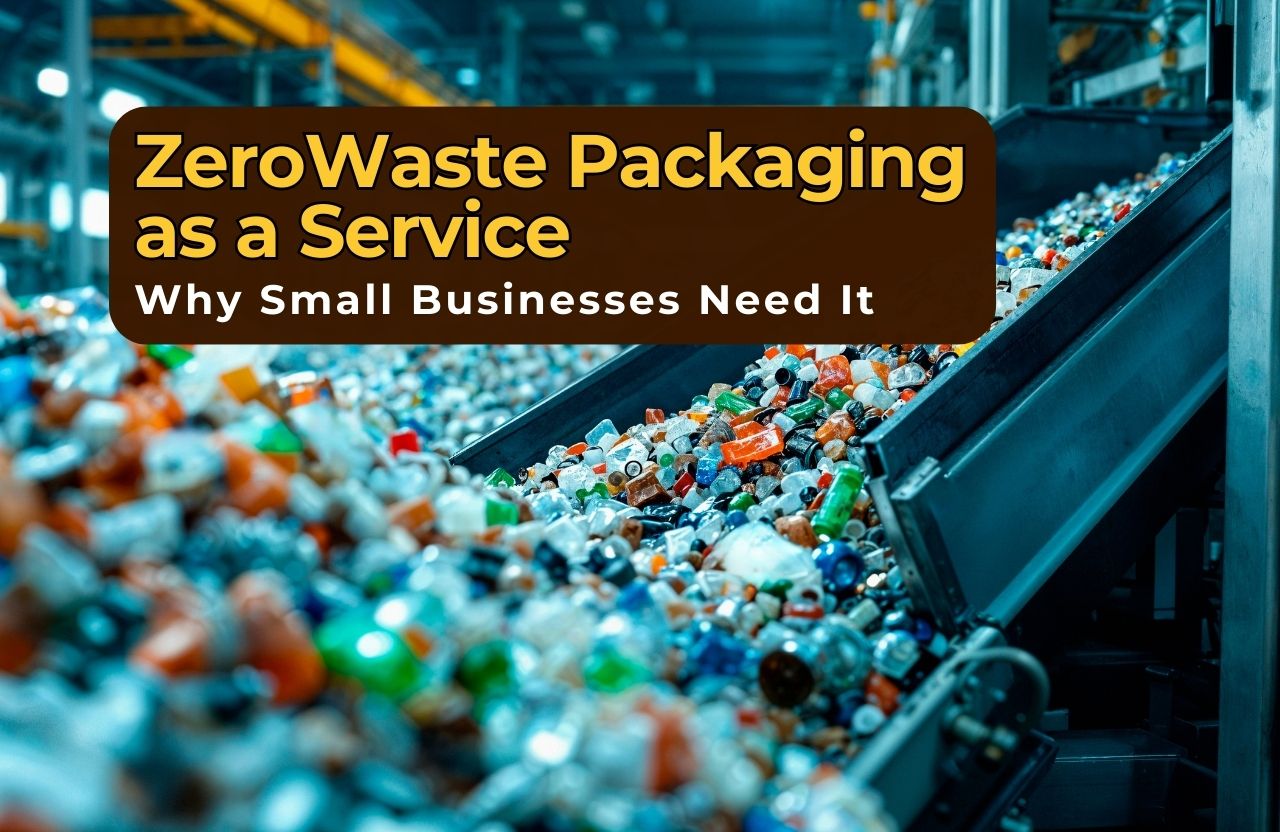Why Conversion Metrics Matter
In today’s digital-first economy, understanding what drives customer actions is the cornerstone of business success. Whether you’re operating a local service company, a thriving e-commerce store, or a B2B SaaS firm, conversion metrics provide the lens through which business performance can be clearly assessed and optimized. While traffic and engagement metrics tell you who is visiting and how long they stay, conversion metrics reveal the most critical insight: are your visitors actually doing what you want them to do?
Tracking the right conversion metrics helps businesses uncover hidden opportunities, fine-tune their marketing strategies, and generate sustainable growth. Without them, you’re essentially flying blind—spending money, time, and resources without knowing what works.
This blog will break down the key conversion metrics every business should track, why they’re important, how they can be used to improve performance, and what industry benchmarks suggest.
1. Conversion Rate (CR)
Let’s start with the most obvious but often misunderstood metric: the conversion rate.
Definition: The percentage of visitors who complete a desired action (like purchasing a product, signing up for a newsletter, or requesting a quote).
Why It Matters: A high conversion rate indicates that your website or sales funnel is effectively turning visitors into leads or customers. A low rate, on the other hand, could point to poor UX, irrelevant offers, or targeting the wrong audience.
Benchmark Insight: The average website conversion rate across industries typically ranges between 2% and 5%, but this varies widely based on the industry, product price, and traffic source. For example, landing pages with highly relevant, single-action CTAs can see rates exceeding 10%.
2. Bounce Rate
Definition: The percentage of visitors who leave a site after viewing only one page, without interacting further.
Why It Matters: A high bounce rate suggests that your landing page isn’t convincing users to explore further. It could stem from slow load times, confusing navigation, or irrelevant content. This indirectly affects conversions by reducing engagement.
Optimizing Tip: Testing alternative headlines, reducing clutter, and streamlining the layout can help lower bounce rates and improve downstream conversions.
Stat: A study found that pages loading within 2 seconds have a bounce rate of 9%, but that jumps to 38% when load time hits 5 seconds.
3. Click-Through Rate (CTR)
Definition: The percentage of users who click on a specific link, CTA, or advertisement out of the total number of users who view it.
Why It Matters: A high CTR is a sign that your messaging, design, or offer is resonating. While not a conversion in itself, it’s a leading indicator that visitors are engaging and moving toward your desired action.
Pro Insight: CTRs for email campaigns, ads, or call-to-action buttons help you identify which content drives the most interest.
Benchmark Insight: For email marketing campaigns, the average CTR across industries is about 2.6%, while display ads often perform below 1%.
4. Cost per Conversion (CPC or CPA)
Definition: The average cost of acquiring one conversion through paid channels or campaigns.
Why It Matters: If you’re paying ₹500 per lead in a business where the average profit per customer is only ₹200, you’re in dangerous territory. This metric is crucial for understanding marketing efficiency.
Real-World Tip: Lowering your cost per conversion doesn’t always mean lowering your ad spend—it can also mean improving your landing page or targeting better-qualified traffic.
Stat: Businesses that use advanced conversion tracking can reduce their cost per acquisition by as much as 30%, simply by reallocating budget toward higher-performing channels.
5. Lead Conversion Rate
Definition: The percentage of leads that turn into paying customers.
Why It Matters: Getting traffic or form submissions is only the beginning. What happens after that—whether your sales team follows up effectively, whether your emails get opened, or whether your demo convinces a prospect—matters just as much.
Key Insight: A high lead conversion rate means your post-capture funnel (sales calls, demos, email nurturing) is working efficiently.
Typical Range: In B2B industries, lead-to-customer conversion rates range between 1% and 5%, while high-performing businesses can reach up to 10% or more.
6. Return on Investment (ROI)
Definition: The ratio of net profit to the total cost of the investment (marketing, product development, etc.).
Why It Matters: All conversion metrics ultimately feed into this one. ROI tells you whether your business is actually making money after considering all expenses tied to customer acquisition.
Example Calculation: If you spend ₹10,000 on a campaign that generates ₹30,000 in profit, your ROI is 200%.
Pro Tip: Use ROI not just for paid campaigns, but also for channel-specific performance (email vs social vs SEO) and even content strategies.
7. Customer Acquisition Cost (CAC)
Definition: The total cost of acquiring a new customer, including marketing and sales costs.
Why It Matters: This metric helps you assess the scalability of your business. If your CAC is higher than the customer’s lifetime value, you’re not in a sustainable model.
Insight: Tracking CAC by channel, campaign, and over time allows you to pinpoint inefficiencies and scale profitably.
Stat: Businesses that track and optimize CAC effectively see 60% higher revenue growth than those that don’t.
8. Shopping Cart Abandonment Rate
Definition: The percentage of users who add products to their cart but do not complete the purchase.
Why It Matters: A high abandonment rate points to friction in the checkout process—perhaps due to hidden fees, poor UX, or a lack of payment options.
Average Range: Global cart abandonment rates hover around 70%, but reducing that number by even 5% can significantly increase revenue.
Optimization Ideas: Offer guest checkout, simplify forms, or use timely remarketing messages to recover lost sales.
9. Engagement to Conversion Rate
Definition: The ratio of engaged users (those who watch a video, scroll to the bottom of a page, or click on multiple elements) to those who eventually convert.
Why It Matters: Not all engagement leads to action. This metric helps distinguish between vanity metrics (like time on site) and real intent.
Insight: You may discover that users who watch a full video tutorial are 3x more likely to buy. That’s the kind of insight that turns average campaigns into top performers.
10. Exit Rate
Definition: The percentage of visitors who leave your site from a specific page—not necessarily the first page they visited.
Why It Matters: A high exit rate on a checkout or pricing page could signal that something’s not working—perhaps lack of clarity or trust.
Actionable Use: Identify high-exit pages in your funnel and run A/B tests to reduce drop-offs. Even a minor improvement can boost overall conversion rates.
11. Goal Completion Rate
Definition: The percentage of sessions in which users complete a predefined goal, such as signing up for a webinar or downloading a resource.
Why It Matters: This metric is broader than purchases and helps businesses understand how users are progressing through micro-conversions—key steps that lead to final conversion.
Tip: Set up multiple goals depending on your funnel. For example: newsletter signup, product demo request, and pricing page view.
12. Average Order Value (AOV)
Definition: The average amount a customer spends per transaction.
Why It Matters: You can increase revenue by either acquiring more customers or increasing AOV. The latter often costs less and improves profit margins.
Simple Optimization Idea: Use cross-sells, upsells, or bundles to encourage larger purchases.
Industry Insight: Businesses that increase AOV by just 10% can see overall revenue boosts of 15-20% without increasing traffic.
13. Revenue per Visitor (RPV)
Definition: Total revenue divided by the number of visitors.
Why It Matters: RPV combines traffic and conversion performance into one number. It tells you how much value, on average, each site visitor brings.
Pro Tip: RPV can help prioritize high-intent pages. For example, optimizing the traffic to a high-RPV product page yields better returns than a general blog page.
14. Funnel Conversion Rate
Definition: The percentage of users who complete each step in a sales or marketing funnel.
Why It Matters: Understanding which stages users drop off helps businesses fine-tune the journey. You might have a great product page, but a poor checkout process.
Use Case: Measure conversion rates from ad → landing page → cart → checkout → confirmation. Optimize each step separately.
15. Mobile vs Desktop Conversion Rate
Definition: The comparison of conversion rates between mobile and desktop users.
Why It Matters: With over 55% of global internet traffic coming from mobile devices, if your mobile conversion rate is significantly lower than desktop, it’s a red flag.
Optimization Insight: Simplify your mobile checkout experience, reduce form fields, and ensure fast load times.
Conclusion: Metrics Without Context Are Just Numbers
While tracking conversion metrics is essential, numbers alone won’t transform your business. The real value comes from contextualizing these metrics—understanding the why behind the what, and using that insight to inform data-driven decisions. Each metric mentioned above is a piece of a larger puzzle that reveals how your business is truly performing.
Use these metrics not just as a postmortem report but as living, breathing indicators of your growth potential. Refine them, measure them regularly, and most importantly, act on them. Because in today’s fast-paced landscape, those who adapt and optimize fastest will ultimately win.













